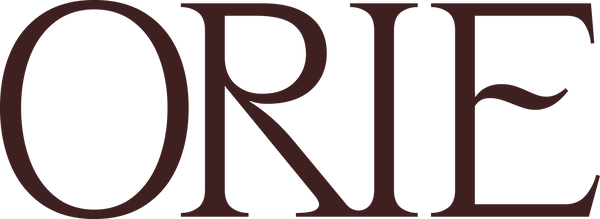
Living in Alignment With Your Cycle
Understanding your unique menstrual cycle empowers you to better care for your body and overall wellbeing. It also allows you to anticipate changes, track patterns and make informed decisions about your health, contraception and reproductive goals.

There are 4 distinct phases of the menstrual cycle, which can be likened to the seasons. These different phases encompass different physical fluctuations, therefore it can be useful to be mindful of which phase you are in and employ various diet and lifestyle changes to best support your body through that phase.
It’s important to mention that each woman’s cycle length will vary, with a normal cycle falling anywhere between 21 and 35 days in length, that is from day 1 of your period to day 1 of the following period. Although the model we will discuss is based on a 28 day cycle, the 4 phases still apply to cycle that differ in length, the timing and duration of each phase may just be different. To determine what phase you are in, it is useful to get to know the symptoms of each phase, or begin to track your cycle.
Menstruation – Day 1- 5 – Winter
The first day of your bleed signifies the start of your cycle, and the beginning of the menstruation phase. During this time our hormones oestrogen and progesterone drop in order to allow the endometrium to shed and pass through the vagina.
We want to focus on slowing down and turning inward during this phase, giving your body the slowness and rest it is craving. This is a time for reflection and rest, the more you rest, restore and nourish during this phase the more energy you will have for the rest of your cycle. It is an idea to allow yourself to spend time around the home, and where possible limit your work load and social engagements.
Nourishing your body through food is also important during this phase. Focus on easily prepared, easily digested warming, nourishing foods such as soups and broths and ensure you include highly nutritious foods, rich in protein, iron and B vitamins. For those women with heavy periods, iron deficiency may be an issue so focusing on iron rich foods to replenish iron lost through menstruation is important.
Follicular Phase – Day 6 – 14 – Spring
The follicular phase, which is a time of increased energy, motivation and socialisation as oestrogen and testosterone levels are on the rise. During this phase, follicles in the ovaries are beginning to mature. As we get closer to ovulation, there is 1 dominant follicle developing that releases an egg at ovulation, influenced by our follicular stimulating hormone (FSH) and oestrogen.
This phase is a good time to explore new things, plan, brainstorm and problem solve!
In terms of food, lightly cooked, steamed or sauteed meals are ideal for this time. Including lean protein such as fish, plenty of wholegrains, sprouted beans and seeds and nutrient-dense, energy sustaining grains such as quinoa and buckwheat.
Ovulation – Day 14 – 21 – Summer
After the follicular phase we have ovulation, which is the prime time for fertility, so if you’re trying to conceive or prevent pregnancy, understanding your ovulation window is key. Ovulation is the most important part of the menstrual cycle, whether you are trying to conceive or not. Ovulation is how you make hormones, it determines whether you will have a period and is how you conceive.
Ovulation is the time when we tend to feel more confident as it is the time where we are the most fertile, and our oestrogen and testosterone are at their peak. This makes the ovulation phase a great time to communicate, socialise, schedule meetings and take advantage of this confidence.
To support the body through ovulation, lightly cooked, steamed or sauteed food is best, ensuring you include plenty of fibre (such as raw vegetables) and focus on fresh, vibrant plant foods. Opting for a wide intake of brightly coloured vegetables will provide the body with antioxidants to support ovulation.
Luteal Phase – Day 21 – 28 – Autumn
During the luteal phase, oestrogen, progesterone and testosterone reach their peak concentrations before falling to their lowest levels right before menstruation begins. Oestrogen thickens the endometrial lining and progesterone keeps the uterine lining in place in anticipation of a fertilised egg. If an egg is fertilised and implants in the endometrium, this is the start of pregnancy. If the egg is not fertilised, progesterone drops away and triggers the endometrial lining to fall away again, which is the start of our next period.
Energy is naturally lower during this phase as hormone levels start to drop, therefore the luteal phase is a time for nesting, turning inward and winding down. If ovulation occurs, progesterone is produced, which stimulates your relaxing neurotransmitters and promotes a calmer state.
Appetite is increased during this phase, so focusing on nutrient dense whole foods is important. Complex carbohydrates (oats, quinoa, farro), healthy fats and cruciferous vegetables are important during this phase. Foods rich in B vitamins (think whole grains, bananas, beans, meat, poultry, eggs and legumes) help to keep sugar cravings at bay, and leafy green vegetables help to reduce any fluid retention occurring during this phase, as well as assisting the liver in excreting excess oestrogen, which reduces symptoms of PMS.
